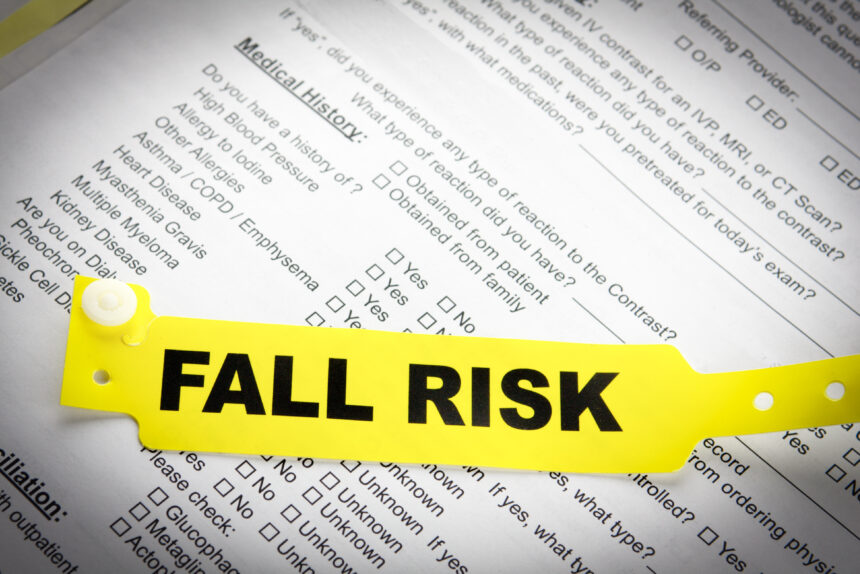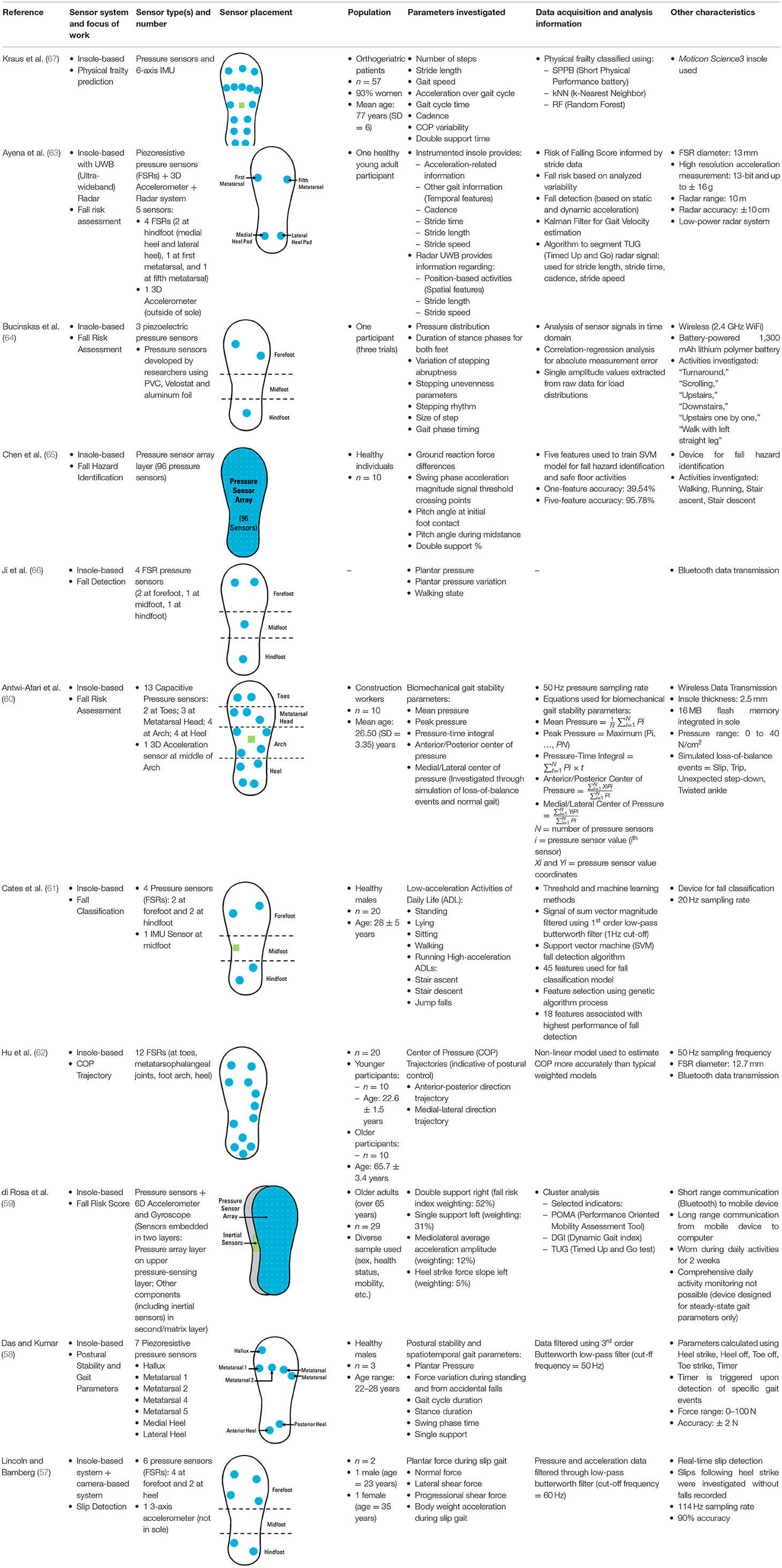The Only Guide for Dementia Fall Risk
Table of ContentsSome Ideas on Dementia Fall Risk You Should KnowLittle Known Facts About Dementia Fall Risk.Not known Incorrect Statements About Dementia Fall Risk Dementia Fall Risk Fundamentals ExplainedA Biased View of Dementia Fall Risk
The FRAT has three sections: drop risk condition, threat aspect checklist, and activity plan. A Loss Risk Status includes information regarding background of current drops, medications, psychological and cognitive status of the client - Dementia Fall Risk.If the individual scores on a threat element, the matching number of points are counted to the person's autumn danger rating in the box to the far. If a person's loss risk score amounts to 5 or greater, the individual is at high threat for drops. If the client scores just 4 points or lower, they are still at some danger of dropping, and the nurse must utilize their ideal scientific assessment to take care of all loss threat aspects as part of a holistic care strategy.
These standard techniques, in basic, aid establish a risk-free environment that decreases unintentional drops and delineates core safety nets for all individuals. Indicators are vital for clients in jeopardy for drops. Healthcare service providers require to recognize who has the condition, for they are accountable for implementing activities to promote individual security and avoid falls.
The Facts About Dementia Fall Risk Revealed
Wristbands should include the person's last and very first name, date of birth, and NHS number in the UK. Information ought to be printed/written in black against a white background. Only red color must be made use of to indicate unique person status. These suggestions are regular with current advancements in client identification (Sevdalis et al., 2009).
Products that are also far may call for the client to connect or ambulate needlessly and can possibly be a risk or add to drops. Assists prevent the patient from heading out of bed with no aid. Nurses reply to fallers' telephone call lights much more promptly than they do to lights launched by non-fallers.
Visual problems can substantially trigger drops. Hip pads, when worn effectively, may lower a hip fracture when autumn occurs. Maintaining the beds closer to the floor minimizes the risk of falls and severe injury. Placing the bed mattress on the flooring significantly decreases fall danger in some health care setups. Low beds are created to minimize the range a patient falls after moving out of bed.
Some Known Questions About Dementia Fall Risk.
Patients that are tall and with weak leg muscle mass that try to remain on the bed from a standing placement are likely to drop onto the bed because it's as well low for them to click this site lower themselves securely. Also, if a tall patient attempts to stand up from a reduced bed without support, the person is likely to drop back down onto the bed or miss the bed and fall onto the floor.
They're created to promote timely rescue, not to stop falls from bed. Distinct alarms can also remind the client not to stand up alone. The usage of alarm systems can likewise be a substitute for physical restrictions. In addition to bed alarm systems, boosted supervision for high-risk clients additionally might aid protect against falls.

Clients with a shuffling gait increase fall opportunities significantly. To minimize fall danger, shoes must be with a little to no heel, thin soles with slip-resistant walk, and support the ankle joints. Encourage client to make use of nonskid socks to avoid the feet from moving upon standing. Nevertheless, motivate clients to use appropriate, well-fitting shoesnot nonskid socks for motion.
7 Simple Techniques For Dementia Fall Risk
In a research study, homes with adequate lights record less falls (Ramulu et al., 2021). Enhancement in lights at home may lower loss rates in older grownups.

Caretakers work for ensuring a secure, safeguarded, and secure environment. Researches demonstrated very low-certainty proof that sitters lower loss danger in intense care healthcare facilities and just moderate-certainty that choices like video clip monitoring can decrease caretaker usage without increasing loss risk, recommending that sitters are not as helpful as originally believed (Greely et al., 2020).
Dementia Fall Risk Fundamentals Explained

Increased physical conditioning reduces the risk for falls and restricts injury that is sustained when fall transpires. Land and water-based exercise programs might be similarly valuable on equilibrium and gait and consequently decrease the risk for falls. Water workout may add a positive advantage on equilibrium and stride for ladies 65 years and older.
Chair Rise Exercise is a basic sit-to-stand exercise that helps reinforce the muscles in the thighs and buttocks and boosts mobility and independence. The goal is to do Chair Surge workouts without using hands as the customer becomes more powerful. See sources area for a thorough instruction on just how to execute Chair Increase workout.